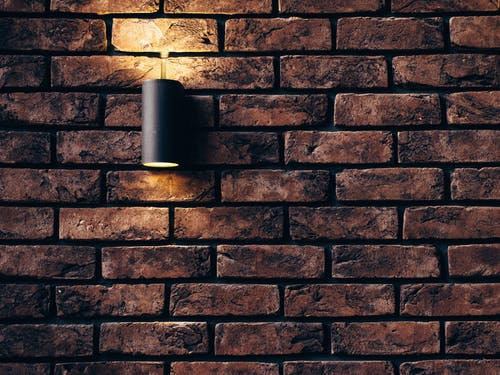Living near the beach comes with a lot of perks. When you live where other people vacation, every day is a new opportunity for fun and relaxation. Too often, though, sandy days on the beach lead to sand tracked into your car, onto your floors, and into your drains. There’s nothing quite like the relaxing feel of a clean shower after a long day in the sun but rushing to the bathroom as soon as you get home from the beach could lead to an expensive clog.
The way that water flows through drainpipes leaves plenty of chances for particulate matter like sand to build up inside the drain. Older homes are especially susceptible to these kinds of clogs. Thankfully, there are strategies to employ when sand clogs occur. Before diving into your own DIY solution, though, it helps to understand how and why sand clogs happen.
How Sand Creates Problems
When you wash sand down your shower, sink or laundry drain, the sand is heavy, so it typically collects right down in the U-shaped drain trap. An individual grain or two of sand won’t impact your drainage at all. Rinsing off sandy feet after a trip to the beach, though, may send more sand down your pipes than you realize. Over time, enough sand can accumulate inside the trap to prevent drainage altogether.
You don’t have to bring sand home from the beach for clogs to occur, either. Dirt and sand can blow into or be swept into floor drains in garages, on patios, driveways and elsewhere to gradually clog drain lines. Silt, soil, and other granular material can make its way deep into your drainage systems without you ever realizing. Regular flushing of floor drains will help reduce buildup and the risk of clogs, but many people fail to take this kind of preventative approach.
Taking Action
When you’ve got a sandy clog in a shower drain or floor drain, you might be tempted to pour Drano or another clog removal product down your drains. While those chemicals can break down many common types of clogs, they’re useless in removing sand. Instead, get a wet/dry vacuum (not an ordinary vacuum cleaner). Pull off the hose attachment and make as tight a seal as possible between the hose end and the drain opening. Turn on the vacuum and suction out as much sand and debris as possible. Repeat the process until the sand stops coming out.
After you’ve vacuumed the drain, fill a large bucket with water. Quickly pour as much water down the drain as you can. The water will stir up the remaining sand, flushing it through the drainage line and out into the main sewer. Sewer pipes are substantially larger in diameter than household drainpipes, so the remaining small quantities of sand should flow harmlessly through the sewer without accumulating or clogging, unless there are structural problems within the sewer itself.
You can also try clearing debris from your drain by using a portable high-pressure power washer to force sand particles and other debris through the drainage system.
When to Call for Backup
If you’re inexperienced with clogs, you may want to solicit the help of a professional plumber. They have all the tools necessary to unclog sandy drains. A plumber often has specialized attachments he can hook up a wet vacuum to fit down into a drain in order to suction out sand. The plumber will push that hose attachment down into the bottom of the drain trap. After removing every visible grain of sand, a plumber will use water to flush the remaining sand through the pipe, repeating the process for as long as necessary.
In commercial and industrial settings, this same principle is applied on a grand scale. Vacuum trucks provide powerful force that is far greater than any commercial grade shop vac you can buy. Likewise, many plumbing companies also have high-pressure water jet trailers that are extremely powerful. These jetters can blast through any clog with up to 4000 pounds of water pressure per square inch, which is far more blasting power than a residential power washer can generate. Sand is no match for a professional water jetter.
Preventing Future Clogs
It’s best to avoid clogs altogether, of course. This is especially true if your home has old, galvanized steel or cast iron pipes. Common for decades, these pipes are extremely sensitive to clogs because of scale buildup that has occurred over time. Modern drainpipes, on the other hand, are made of PVC to ensure a smooth interior. This prevents many of the most common types of clogs. If you’re experiencing frequent drain clogs and you live in an older home, antiquated pipes with heavy scaling could be to blame.
Odds are good that you won’t want to tear out steel or cast iron pipes just because of a little sand, though. Instead, try taking a proactive approach in minimizing the amount of sand you bring into the bathroom. The next time you come home from the beach ready for a shower, reach for a broom first. Shake off any clingy particles from clothing and towels in your yard and rinse off using the garden hose. When you’re ready to bathe, the only thing going down the drain should be water and soap suds.
About the Author
Chuck Kruse is a Master Plumber with Roto-Rooter Tampa. An expert in all thing’s drainage, he’s eager to educate the masses about clogs and how to eradicate them. The next time you’re struggling to clear your drains, give Chuck and his team a call!






